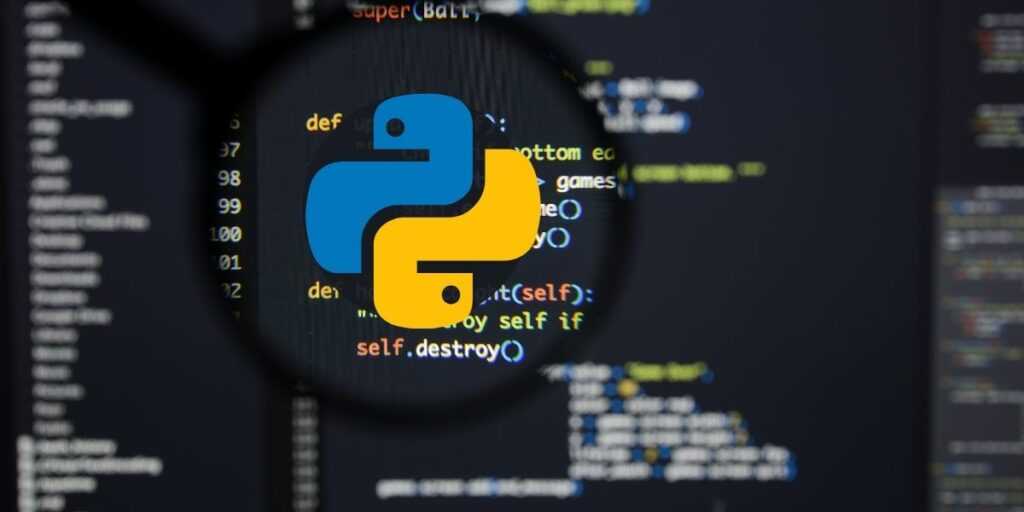
Applied Data Science Coding in Python: Shuffle Split Cross Validation
Shuffle Split Cross Validation (SSCV) is a method of evaluating the performance of a machine learning model. It is similar to other methods like k-fold cross-validation, but with a key difference: SSCV randomly splits the data into different training and test sets, rather than dividing the data into fixed “folds”.
The purpose of SSCV is to get a sense of how well the model is likely to perform on new, unseen data. By randomly splitting the data into different subsets, we can get a more robust estimate of the model’s performance.
In Python, the scikit-learn library has a built-in function called “ShuffleSplit” that can be used to perform SSCV. To use it, you first import the function and then pass your data to it. The function takes in two arguments, n_splits and test_size. n_splits is the number of re-shuffling & splitting of the data you want to perform, test_size is the proportion of data you want to use as test set.
Once you have the object, you can use it to train and test your model. For example, you can use a “for” loop to iterate over the object, and in each iteration, train the model on the training set and evaluate it on the test set.
There are many different ways to evaluate a model’s performance, but a common method is to use accuracy, which is the proportion of correct predictions. You can calculate the accuracy by dividing the number of correct predictions by the total number of predictions.
SSCV is a useful method for evaluating machine learning models, as it is less sensitive to the ordering of the data and can provide a more robust estimate of model performance. However, it can still be computationally expensive if you have a large dataset, and it can be less precise than k-fold cross-validation.
In this Applied Machine Learning & Data Science Recipe, the reader will learn: Shuffle Split Cross Validation.
Essential Gigs
For only $50, Nilimesh will develop time series forecasting model for you using python or r. | Note: please contact me…www.fiverr.com
For only $50, Nilimesh will do your data analytics and econometrics projects in python. | Note: please contact me…www.fiverr.com
For only $50, Nilimesh will do your machine learning and data science projects in python. | Note: please contact me…www.fiverr.com
For only $50, Nilimesh will do your gis and spatial programming projects in python. | Note: please contact me before…www.fiverr.com